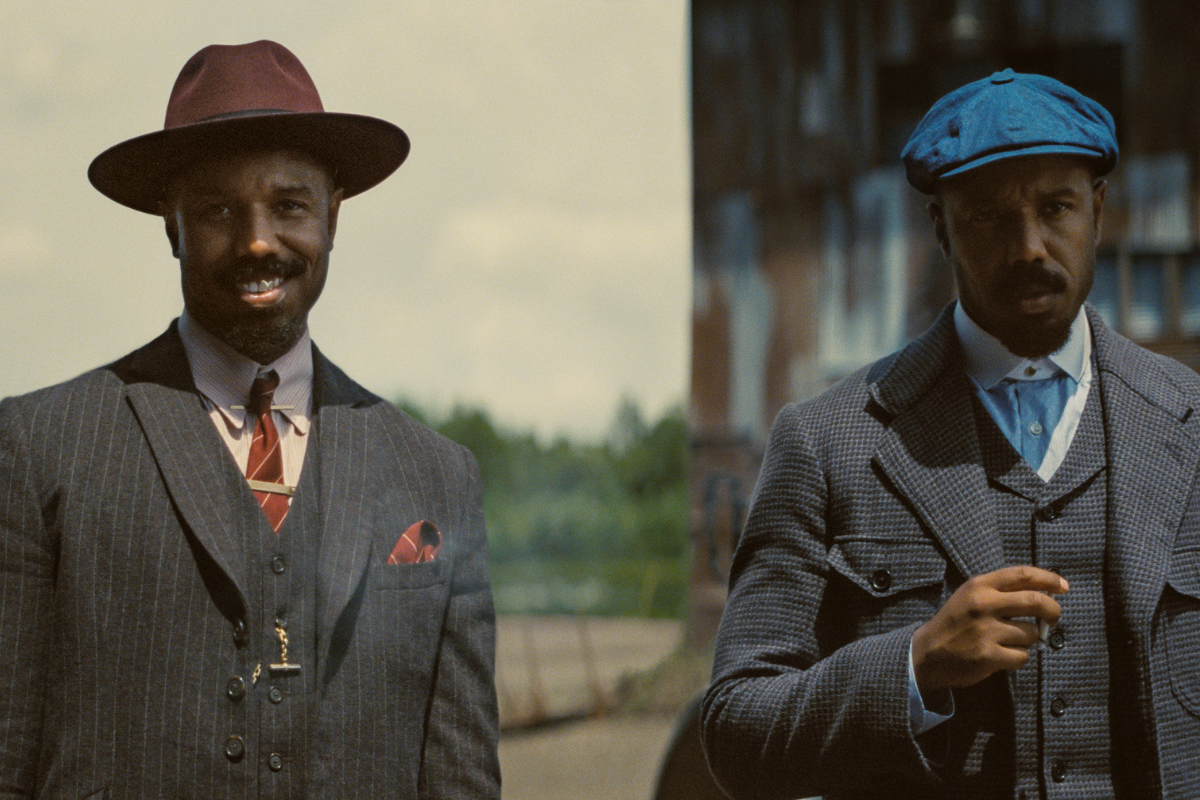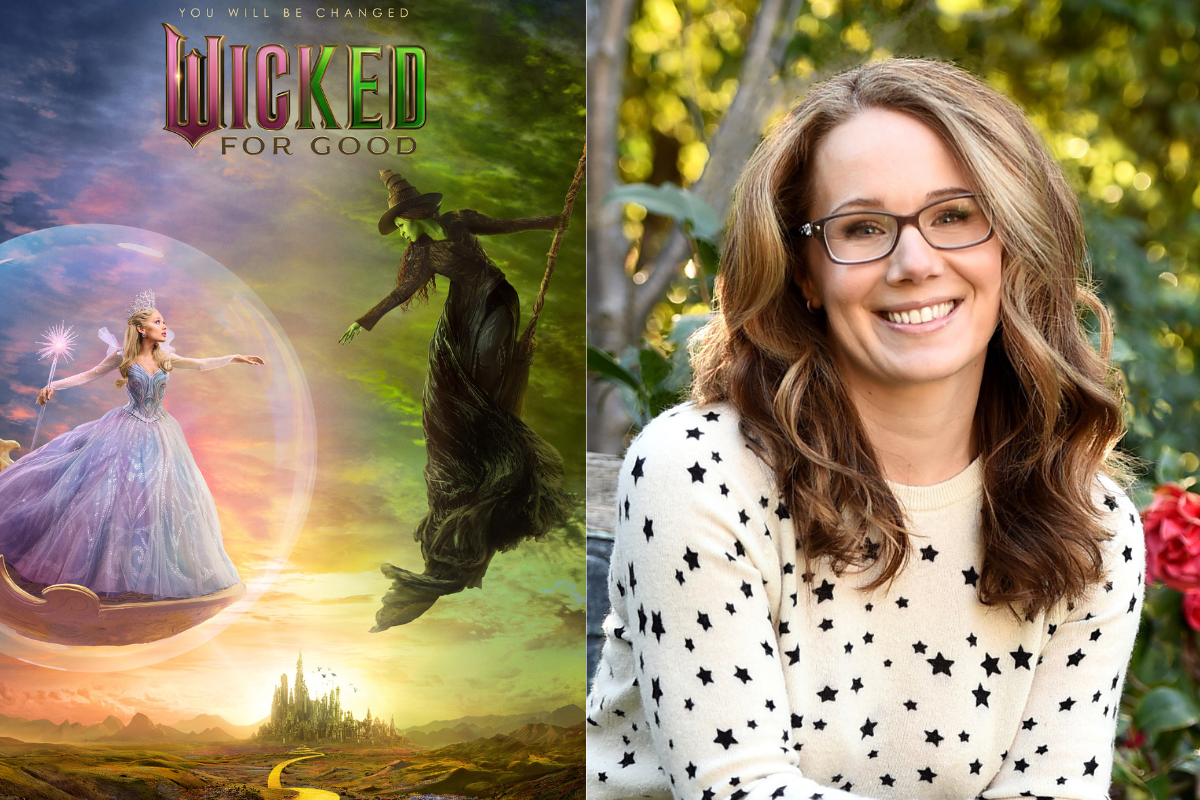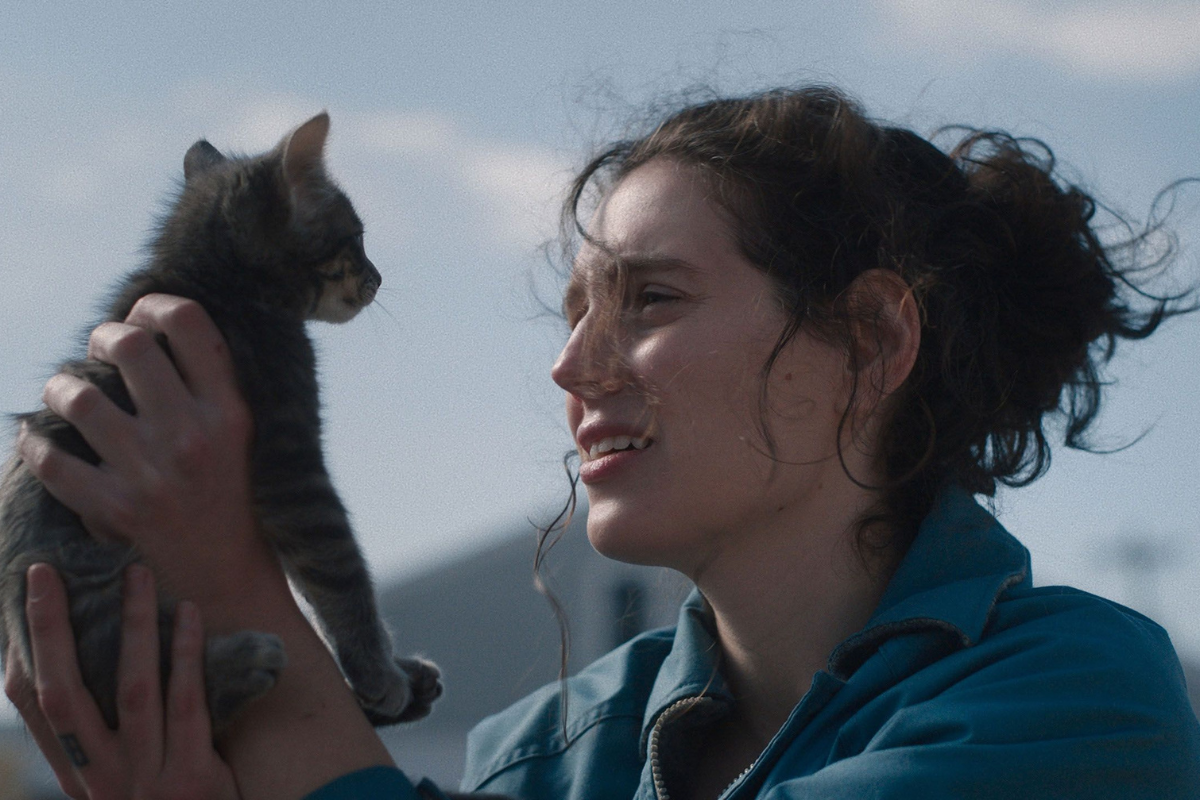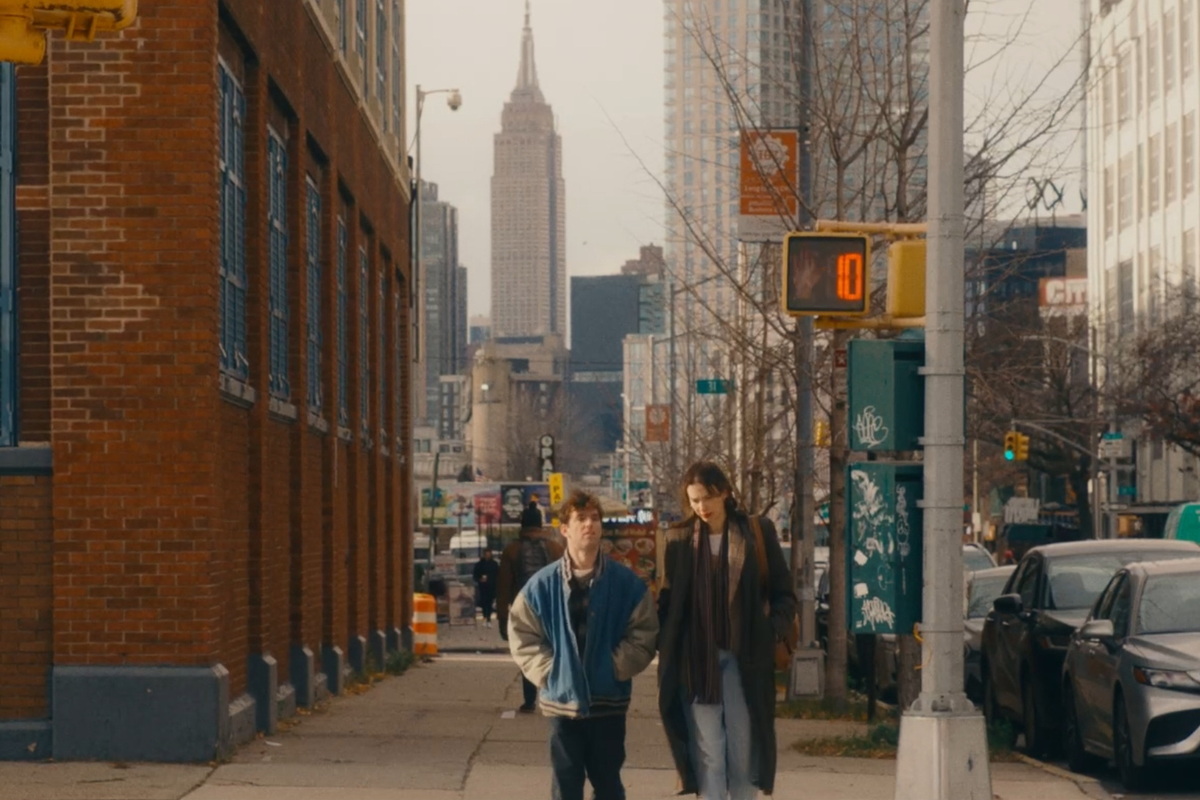In a World Without Dialogue – “Show Don’t Tell”
Cheryl Laughlin speaks with Andy Lambert, TV commercial director based in the UK, about his ridiculously funny, award-winning The MUTE Series and how writing within constraints can be quite freeing.
For background, The MUTE Series is a set of 18 scripts-turned-shorts based on three rules: no dialogue, no camera moves, and only one shot. Freer in spirit than Dogme 95 film rules, Andy’s short films range from one to two minutes and are a study in how far you can go in storytelling with just visuals.
Plus, read along to learn about Andy’s phrase-writing generator – bit of a Mad Libs for screenwriting.
The following interview is edited for length and clarity.
How did you find yourself creating these quiet, modern shorts? And more importantly, how do you just happen to have a tuba sitting around to riff off? Your short films feel like a leap into action instead of being too precious with your scripts.
I was directing a commercial shoot in Barcelona which finished early. The crew were on the clock for at least another hour and a half and I thought, hey, why don’t we make a short film? The ad featured a marching band, so the most impressive prop at my disposal was a sousaphone. I thought there must be something I can do with this funny instrument, so I came up with an idea on the spur of the moment. The cast and the crew got into the spirit of it, and we had just enough time to shoot two takes for Tuba. Or Not Tuba.
We didn’t have any sound recording that day, so no dialogue, and we’d already wrapped the dolly grip, so I also couldn’t move the camera. And not enough time to do any more than one shot. And thus the “rules” of The MUTE Series were born! It was a happy accident, a way of embracing the aesthetics of necessity. It reminded me of the celebrated French documentary filmmaker Jean Rouch who allegedly invented a new type of camerawork while going upriver in Africa. His tripod fell off the boat and he decided to carry on as best as he could, unwittingly giving birth to the wobbly, handheld look!
The topics in The MUTE Series seem even more poignant, given what’s going on across the world.
The most recent additions to The MUTE Series – Deliverance and Scene Stealer – were both shot at the beginning of this year. Deliverance has suddenly taken on more relevance dealing with the difficulties of extreme self-isolation, although it was conceived before I had even heard of Coronavirus.
I tend to release new films in batches of three or four. Each one complements the others and creates an entire world where no one speaks – an odd but increasingly cohesive world made up of irrational pursuits and strange comforts. And the three latest MUTE episodes all have a cinematic references of some sort. I think it might be interesting to utilise film genre more in the future.
But you’re finding fun writing within limitations.
Orson Welles said, “The enemy of art is the absence of limitations.” With MUTE, I take this to an extreme, but it does make the scriptwriting process a challenge. For instance, in comedy a punchline is often delivered with a cut to reveal something. But I don't have that luxury, as I have to reveal things within the frame. But what I like about the rules is it necessitates a back-to-basics approach to filmmaking, like the pioneering days of silent cinema.
I specifically remember director and playwright David Mamet saying, “The ideal script would have no dialogue in it at all.” And this is David Mamet whose scripts are the most verbose of all! So all the gurus say “show, don’t tell,” but almost no one actually pushes this to the extreme.
As writers soon discover, there are more set-ups in the universe than punchlines, so I get lots of ideas for the beginning of a film and then I just exhaust all the possibilities until either something funny or interesting pops up… or I realise it’s a non-starter. Some of the ideas are based on street photography, others on dreams, and Turn On was based on a joke by a well-known Slovenian philosopher and cultural critic Slavoj Žižek. I managed to get his email address and he gave me permission to use it.
Your screenwriting approach matches up with the crazy fun visuals on the screen. Sounds like a modern-day Mad Libs approach to creating your own writers’ room at your fingertips.
I’ve even experimented writing ideas for characters, locations, props and actions all on separate tiny pieces of paper, creating four corresponding piles, and then picking them out randomly to generate ideas. It’s a good way to jolt you into seeing things a bit differently. What I’m often trying to do is create an incongruity in the set-up. However, the audience is always a step ahead of you, so you need to come up with the least obvious opposite. I’m always looking for that unexpected, maybe crazy, element that is less predictable.
I think the best scripts are the ones that take the viewer on a journey. Ideally, they should intrigue at the beginning, build slowly, become more comic or absurd, and climax with a twist that hopefully produces a big laugh. I know that has happened with at least some of them after seeing them in the cinema with an audience!
But the humour should resonate beyond the setting of the film. I’ve purposefully mixed the scenarios up between the surreal (Dust Devil) and the mundane (Goal Attainment) as I like the contrast that this creates. I am generally drawn to absurdity, futility, the pressure to conform, indifference, and the poetry of the loser.
With no dialogue, how long are your scripts on the page?
The scripts tend to be just under a page long. If they go beyond a page, I know something is wrong. It indicates they are too long and complicated. I tend to add a relevant image taken from the internet to each script, so everyone is clear what the scene is. That’s probably something to do with directing commercials and always having to provide image references. I also tend to share the scripts amongst around 10 or so trusted colleagues and friends to get an instant reaction – my mini market research.
Finally, watching your films feels like tuning into late-night Adult Swim, so I’m curious who your influences are?
One of the biggest influences on The MUTE Series is the Swedish filmmaker Roy Andersson (A Pigeon Sat on a Branch Reflecting on Existence) who makes episodic absurdist films laced with a very Scandinavian deadpan humour. I also really like fellow Scandinavian Aki Kaurismäki with a similar dry sense of humour. I also like Jim Jarmusch who is not so much a director of physical comedy, but he does have long periods where nobody says anything, usually in some deadpan situation. I guess I like the idea of saying more with less.
Check out Andy’s MUTE series...
And Andy says he’s not that immersed on social media but does Tweet and posts occasionally on Instagram.
Learn on your own schedule with our self-paced courses from Screenwriters University, now at the lowest price ever - only $19.99!
Cheryl Laughlin advanced to the Top 50 in Roadmap Authors Write Start Competition for her memoir Confessions of a Kindergarten Klepto… grabbed a finalist slot in the National Lampoon Search for Comedy Writing Gold… and won the Sacramento International Film Fest Outstanding Short Screenplay. And it's possible—she ran through the house with her Top 10% in the Nicholl Fellowship announcement like Anne Hathaway with her Oscar. When she’s not screenwriting or ghostwriting memoirs, she tweets her support of all things indie film @cheryllaughlin. She also believes you can never say please and thank you enough for all the kindnesses along the way.







